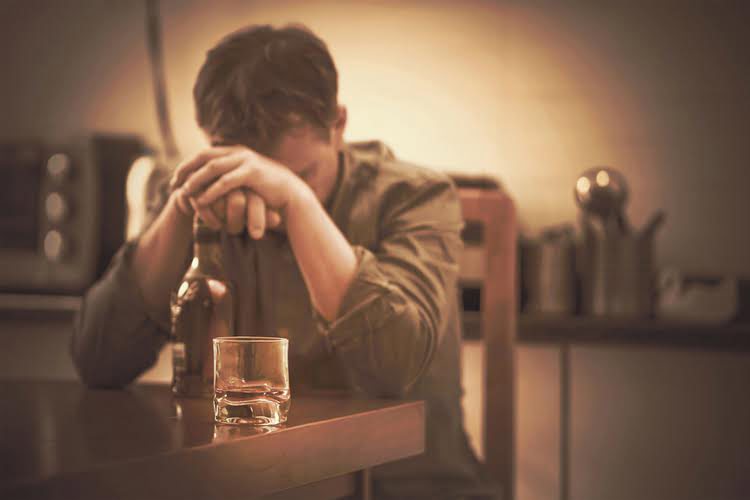Remember that maintaining a balanced diet rich in nutrients is key to supporting your body’s recovery from alcohol consumption. By prioritizing hydration and a healthy diet, you can assist your body in eliminating toxins effectively and promoting overall well-being post-drinking. The most important tip for flushing alcohol from urine is to drink plenty of fluids. Drinking plenty of water can help to dilute the concentration of alcohol in the urine, which can help to reduce the risk of a false positive on a urine test. Additionally, drinking herbal teas, such as green tea, can help to flush toxins from the body, which can also help to reduce the risk of a false positive.
At-Home Detox Strategies
However, the toxins in alcohol actually lower the amount of glucose in your bloodstream, which can lead to hypoglycemia (low blood sugar). Remember that 20% of the alcohol content in one drink is absorbed into the bloodstream from your stomach. So for example, if you have 5 drinks, it will take your body approximately 5 hours to process the alcohol. Attempting to detox without medical supervision can be dangerously risky. Withdrawal symptoms may escalate quickly, leading to severe health issues, such as seizures or delirium tremens. These conditions can potentially result in long-term neurological damage or be fatal.
Risks of Rapid Detox
Your liver plays a critical role in metabolizing alcohol through specific enzymes. One key enzyme involved in this process is alcohol dehydrogenase (ADH). While you might see the detox process as a means of getting the metabolites out of what removes alcohol from the body your system, detoxification can be very hard on the mind and body. In general, the more alcohol a person drinks the worse the hangover will be.
Are Inpatient Programs Effective and How Do They Work?
It is essential to develop a plan that identifies potential high-risk situations and strategies for managing them. Developing a strong support system of family, friends, and professionals can help provide accountability Alcoholics Anonymous and guidance in staying sober. Additionally, attending therapy sessions or support groups can offer additional resources for staying on track with sobriety goals. Finally, it is important to recognize the signs of relapse so that early intervention can be used if needed.


To ensure you are drinking in moderation, check the strength or percentage of pure alcohol in your drink. This can be trickier to do if you are drinking at a bar or restaurant, but you can use the above as a guideline. https://ecosoberhouse.com/ While you can’t rush alcohol out of your system, these simple daily habits can help your body recover and feel better after drinking.
- It gives you the strength to keep moving forward in your recovery.
- Binge or heavy drinking can lead to severe impairment that significantly impacts memory, balance, coordination, decision-making, and impulse control.
- Agencies who profess “low cost” DUI Screenings, DUI Education, and DUI Treatment often make up for this financial loss by charging clients unanticipated intake and exit fees.
- Aim to consume at least 8-10 glasses of water daily to aid in alcohol detoxification.
When to Seek Professional Help
These statistics show that alcohol elimination is a fixed process, and attempts to speed it up can be risky.
What is the Best Way to Flush Alcohol Out of Your System?
A glass of wine a day isn’t going to do serious damage to your health, however, if it becomes a habit and you have a hard time stopping after one glass, the long-term effects begin to add up. Your liver is responsible for breaking down the majority of alcohol in your body. As a matter of fact, 90% of the metabolism of alcohol into water and carbon dioxide is performed by the liver. The remaining 10% is removed through the lungs (breathing), kidneys (urine), and skin (sweating). Benzodiazepine withdrawal typically begins within 1 to 4 days after the last dose.
